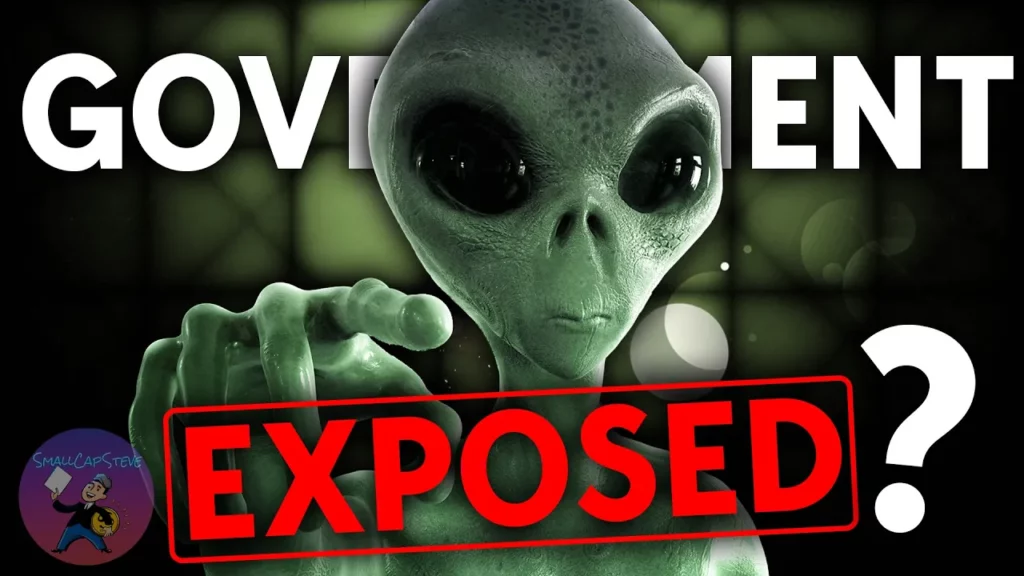In an X (fka Twitter) thread, a former colleague at National Science Foundation, Clint Ehrlich, has raised serious questions about the authenticity of purported alien bodies presented to Mexico’s Congress. While some scientists claim these specimens are genuine, Ehrlich’s investigation suggests an elaborate hoax may be at play.
The thread began when Ehrlich looked into the prevailing belief that the alien bodies from Peru showcased to Congress were real. Ehrlich cited reports from an international team of scientists who had conducted extensive research on the specimens found in a Peruvian mine. According to radiocarbon dating, these specimens are at least 1,000 years old, but the evidence presented to the Congress of Peru goes even further.
One of the key pieces of evidence presented by the scientists was sophisticated DNA testing, conducted by geneticist Salvador Angel Romero. Romero, who received his training at National Autonomous University of Mexico (UNAM), compared the alien DNA to known Earth DNA sequences, revealing that 70% of the identified sequences were entirely unknown in any living organism on our planet.
Sophisticated DNA testing was performed on the alien specimens by an international consortium.
— Clint Ehrlich (@ClintEhrlich) September 13, 2023
The results were presented by geneticist Salvador Angel Romero, who was trained at UNAM – Mexico's equivalent of MIT. pic.twitter.com/LDr6BvReg6
Forensic pathologist José de Jesús Zalce Benítez, who investigated the specimens, found no evidence of artificial reconstruction. He emphasized the natural development of the alien bodies, including unique characteristics like the displacement of vertebrae in a “pregnant” specimen, which he deemed difficult to replicate in a hoax.
Benítez also noted signs of wear and tear consistent with bipedal locomotion, further supporting the hypothesis that these were once living creatures.
The sophisticated anatomy of the alien's three-fingered hand also convinced Dr. Benítez this was not a hoax.
— Clint Ehrlich (@ClintEhrlich) September 13, 2023
"They have joint capsules, tendons, and ligaments."
It would be "almost impossible" to artificially replicate, he said. pic.twitter.com/ryn1yesCuu
The findings of the international team were corroborated by a group from St. Petersburg Medical University, represented by Professor Dimitriy Galetskiy. Galetskiy identified numerous physiological differences that set the aliens apart from humans, including a fused clavicle, undivided vertebrae, and unique skull and limb structures.
These differences, he argued, made it clear that these beings were not human.
Shockingly, the spinal cord of the aliens does *not* pass through their vertebrae.
— Clint Ehrlich (@ClintEhrlich) September 13, 2023
Prof. Galetskiy hypothesized that it may pass through a tract behind the vertebrae.
This is completely unlike the human spine. pic.twitter.com/KS07qrFfZ4
Mexican biologist José de la Cruz Ríos López supported the notion that the specimens were not human, describing them as “humanoid reptiles” with scale-covered skin, a lack of hair and nipples, and unique features like a fused clavicle.
Dr. López reported that the shriveled-up brain and other organs are still visible inside the alien specimen.
— Clint Ehrlich (@ClintEhrlich) September 13, 2023
"It's a very large brain!" he observed. pic.twitter.com/UDe64fTJBx
However, in a separate thread, Ehrlich has also cast doubt on these claims, pointing to contradictions in the scientific testimony.
One significant discrepancy was whether embryos were detected inside the alien eggs. While Galetskiy claimed to have identified embryo-like structures with brain and lung development equivalent to an 8-week-old human, López argued that no embryos were present, suggesting a reptilian reproductive process.
Yet Dr. Lopez stated the opposite! He claimed that *no* embryos were present inside the eggs.
— Clint Ehrlich (@ClintEhrlich) September 14, 2023
"The reason is that, like reptiles, they begin their process of embryogenesis only at the moment of laying."
According to Dr. Lopez, embryos *contradict* the reptilian hypothesis. pic.twitter.com/bRPiNs6COR
Ehrlich also raised concerns about the limited mobility of the aliens, noting that their lower limbs could only move forward and backward, which might suggest they could barely move at all.
Furthermore, Ehrlich suggested that the size of the alien brain might not be a reliable indicator, as he referenced a 2021 paper that compared the alien skull to that of a llama, proposing that the alien skull was a modified llama skull used to create a humanoid appearance.
It appears that the natural process of decomposition for llama skulls results in the outlines of a humanoid "face" appearing on the rear.
— Clint Ehrlich (@ClintEhrlich) September 14, 2023
In the case of the "aliens," that natural process was accentuated, likely by using chemicals to further shape the skull. pic.twitter.com/GFNREBhrfV
The paper in question asserted that the first cervical vertebra entered the bottom of the skull, which would make the aliens incredibly vulnerable to any impact on the head, such as a slight bump.
Ehrlich also highlighted claims by the director of a documentary on the mummies who alleged that he had uncovered a group of individuals responsible for fabricating the specimens and had received threats to his life.
“Does the fact that this appears to be a hoax mean that scientific investigation should stop? No!” Ehrlich emphasized in his thread. “As the authors of the paper correctly point out, modern science needs to understand the methods used to fabricate the specimens.”
The Alien video circulating was actually debunked back in 2021. pic.twitter.com/P1CUgSQZ86
— Cappa (@Grail_Whale) September 13, 2023
Information for this story was found via the sources mentioned. The author has no securities or affiliations related to the organizations discussed. Not a recommendation to buy or sell. Always do additional research and consult a professional before purchasing a security. The author holds no licenses.








